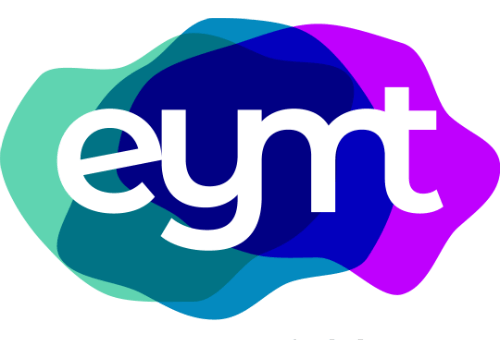It can be difficult to handle stress and manage negative emotions. When faced with these things, as a way to cope, people tend to engage in unhealthy habits. The problem is that these unhealthy habits become temporary band aids that don’t solve anything. Relying on these behaviors just reinforces an inability to effectively manage stress and negative emotions.
Some common examples of unhealthy habits:
- Emotional Eating
- Substance use
- Physical Self- harm
- Promiscuity
- Impulsive shopping
- Avoidance
- Isolation
- Anger outbursts or violence
- Procrastination
- Skin Picking
- Hair pulling
Not only does engaging in these unhealthy habits keep you from actually dealing with what is going on, but there are direct negative consequences from these behaviors. This makes it important to work on changing these behaviors and replacing them with more effective coping strategies. Part of the change process involved is learning new coping mechanisms. The other part is about changing your mindset. These unhealthy habits can seem like reflex and are automatic responses. It doesn’t always seem like there is a second to think about reacting differently. Therefore, you have to first work on changing the thought process around your coping style and set up the mindset of a new behavior. This can be done through a pro and con list as laid out in DBT, but this is not your typical pro and con list.
USING PROS AND CONS TO BREAK UNHEALTHY HABITS
The overall goal of the pro and con list is to shift your mindset. You are training yourself to see that it is more effective to accept the situation/emotion/circumstance and figure out how to best manage it, rather than engaging in your go-to unhealthy habit. In general, a pro and con list is about listing the positives and negatives to one thing. In DBT, the pro and con list takes it a step further. The DBT pro and con list lays out the positive and negative aspects of both acting and not acting on the urge to engage in the behavior. This allows you to see the whole picture and make a more informed decision. A traditional pro and con list has you just list the benefits and negatives of acting. With this list, you also do the same for not acting. You will be surprised at how much more information you get by doing it this way. The pro and con list’s purpose is to help you resist urges to act on unhealthy habits.
How to do a DBT pro and con list to break unhealthy habits
- Describe the unhealthy habit. Really define what the behavior is that you are trying to stop.
- List the advantages and disadvantages of the behavior. Ask yourself what do you get out of acting on the behavior (i.e. the pros). Then ask what are the downsides and consequences of acting on the behavior (i.e. cons). When doing this, it is also helpful to ask what your life would be like if you didn’t have the urge to engage in this behavior.
- List the advantages and disadvantages of not engaging in the behavior. The same guidelines for #2, however, you are asking these questions for not acting on the urge.
- Consider both the short term and long-term consequences. Write an S or L next to each pro and con to see if it is a short-term or long-term effect. Most of the time, the benefits of engaging in the unhealthy habit are short term, and it is extremely beneficial to shifting the mindset to see this.
- Rehearse pros and cons multiple times. Make time each day to review your list so that you are setting up a more effective mindset. It can be most helpful to reviews your pro and con list first thing in the morning and before you go to bed. The more you ingrain this new thought process in your mind, the easier it will be to pause before acting and make a different decision. Make sure to really focus when you read and think about each pro and con. Looking it over mindlessly will not have the same effect.
- Review your list when the urge hits. When you are tempted to engage in the unhealthy habit, look over your list to remember why you don’t want to. Post your list or reminders about it in places that tend to trigger the habits. For example, if you are trying to stop emotional eating, you can tape your list or the reminder on the fridge.
Often, we know logically that it is better to not engage in these unhealthy habits. On some level, we know the reasons why. The pro and con list helps to keep us focused on this so that it will get easier and easier to shift to healthier coping mechanisms. The more you consciously think about the pro and cons, the more your automatic thoughts and feelings catch up. Remember, the pro and con list is just to help change the mindset, the next step is to replace the unhealthy habits with healthier ones. Some examples of healthy coping mechanisms are reaching out to a friend or family member, deep breathing exercises, meditation, or a relaxation exercise.

Alyssa Mairanz, LMHC, DBTC
Alyssa Mairanz provides counseling and therapy services for life transitions, relationship issues, self esteem, depression, anxiety, and DBT and Psychodynamic therapy in a NYC group practice in the Flatiron District near Madison Square Park. She also serves the Village, Chelsea, Union Square, the Financial District and the surrounding areas.
Empower Your Mind Therapy’s mission is to helps our clients build the life they want and find more happiness and satisfaction.



